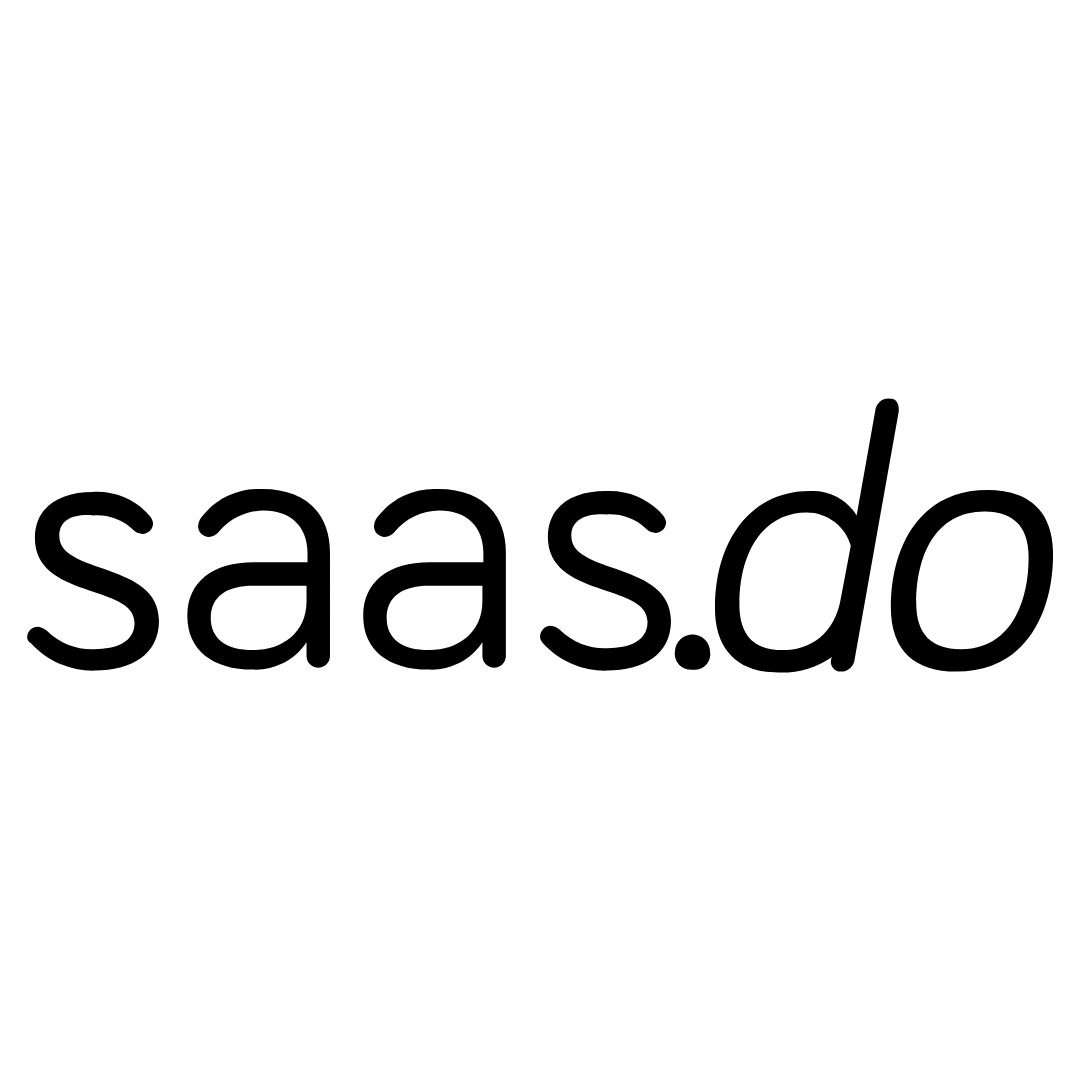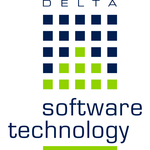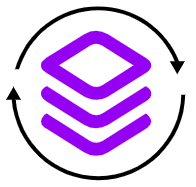
Apache Tomcat
Apache Tomcat is an open-source mobile application development software that implements Jakarta EE specifications, including Jakarta Servlet and Jakarta WebSocket. It supports mission-critical web applications across various industries, enabling seamless migration from Java EE with tools designed for easy application conversion. Developers worldwide contribute to its evolving capabilities.
Top Apache Tomcat Alternatives
smapOne
This mobile application development software enables companies to effortlessly digitize their processes.
Built.io Backend
Built.io Backend offers a collection of practical examples tailored for novice developers, showcasing integrations like Hello World with Salesforce and Slack.
saas.do
The No-Code platform empowers businesses to rapidly implement digital solutions without extensive coding.
utalic
A cutting-edge visual app designer, utalic empowers users to craft professional-grade software with ease.
conzept 16
The Conzept 16 transforms the way users interact with technology by seamlessly integrating visual elements, reducing the need for complex programming.
Delta ADS
Delta ADS offers automated software analysis, development, migration, and modernization services, tailored to meet diverse project needs.
cplace
Users can seamlessly integrate tools like Gantt charts and Kanban boards, enhancing collaboration and efficiency...
VR Builder
With a user-friendly visual editor, it facilitates complex process logic without coding...
BuildFire
Its intuitive design and robust features allow anyone to develop customized apps, making it an...
Ionic
It offers fast performance, customizable themes, and seamless integration with native device functionalities, enabling developers...
Android Studio
It assists in generating and fixing code, as well as answering development questions...
Code::Blocks
Its plugin-based architecture allows users to easily enhance functionality, tailoring it to specific project requirements...
Bitbucket
It offers integrated CI/CD, built-in AI capabilities, and seamless Jira integration, enabling teams to automate...
Microsoft Power Apps
With low-code tools, individuals and teams can design apps without coding, utilizing Microsoft Dataverse for...
DevPrime
Operating from Miami and São Paulo, it offers a user-friendly interface and powerful features that...
Apache Tomcat Review and Overview
Apache Tomcat is a server-based interactive Java servlet execution environment. It enables developers to build web applications purely based on Java Server Pages and Java Expression Language. The system powers many of the enterprise-grade applications hosted on the internet. It also allows WebSockets to be implemented. Tomcat has several Connectors that serve as integrations to third-party applications and services. Started as a Java Servlet container, it has now expanded to support a variety of Java implementations, and enterprises choose Tomcat for hosting its web apps.
Tomcat server explained
Apache Tomcat server is a special kind of Java server supported by the Java ecosystem. It supports mainly the Java servlet applications and acts as a JSP container tool. JSP requires server-side configuration for it to execute and produce outputs. JSP routing is handled by Apache Tomcat, while the source code is written by the developer and hosted on the Tomcat server.
Tomcat can be expanded using a variety of different components, including Coyote, Catalina, and Jasper. These components have different functionalities but work together to implement the working of the server. Tomcat is a well-documented technology with a good core engine extensibility ratio. Several various Java API and JSP specifications still use Apache Tomcat as a reliable environment.
Components of Tomcat
Tomcat consists of several different components that perform various tasks, and these together are the reason why it is the most trusted web server framework in the world, even after decades of its release. The main components are Catalina, Coyote, and Jasper. The Catalina is a component that enables its servlet container feature and is the backbone of Apache Tomcat. Cataline implements the execution methods of Java Server Pages and Servlets. The database is divided into Realms consisting of users, passwords, and access roles. It can help to enforce Container-Managed Security, as mentioned in the Servlet specifications.
Coyote refers to the Tomcat Server component. It is a connector that talks to the webserver part over HTTP protocol and listens to incoming data requests over the specific TCP port on the webserver. The application is processed and forwarded to the Tomcat engine, which analyses the request and sends back data. Coyote helped Tomcat to support a variety of API, including the Java Persistence API.
Functions of the JSP Engine
It has a built-in JSP Engine component named Jasper. It compiles JSP files into pure Java servlet codes that could be handled by the Catalina component. It also converts these back to JSP files and recompiles them at runtime. Jasper makes the older code available for server execution even when the newer version is being compiled. This enables a downtime-free implementation of the webserver. Once the servlet is compiled completely, it replaces the older version.
It also has three more components added in Tomcat 7 version, which is called Cluster, High Availability, and Web application. These aim to manage large applications and provide efficient load balancing. The availability feature builds on Jasper's less downtime approach and makes it better by scheduling system updates on the production server. It routes traffic to a temporary location and port number without affecting the primary environment.
Top Apache Tomcat Features
- Open source implementation
- Supports Jakarta EE specifications
- Automatic application migration tool
- Active community collaboration
- Handles large-scale applications
- Cross-platform compatibility
- Regular updates and releases
- Supports multiple Java versions
- Extensive documentation and resources
- Integrates with Maven
- Rich ecosystem of connectors
- Lightweight servlet container
- Implements WebSocket support
- Annotations support for developers
- Customizable configuration options
- Security features for authentication
- Optimized performance for web apps
- Scalable architecture
- Comprehensive changelog access
- Active bug fixing and improvements.














